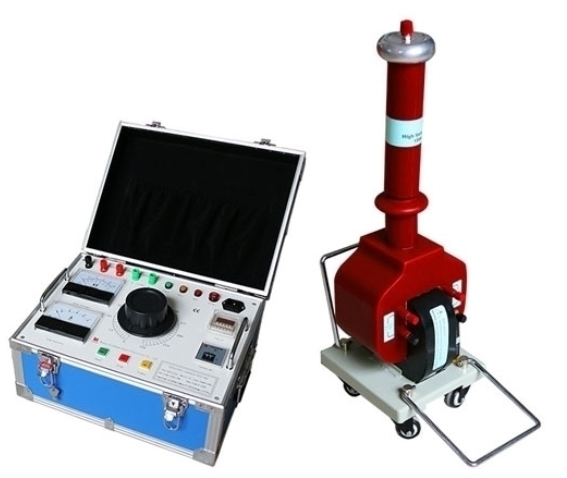If a hipot tester can operate normally in a very harsh environment, it can be determined that it can also operate normally in a normal environment.
The most common situations in which the hipot tester is used are:
Functional testing at design time: to determine the conditions under which the designed product can meet its functional requirements.
Specification testing at production: A standard that confirms that the product produced can meet its specification requirements.
Confirmation test during quality assurance: confirm whether the quality of the product meets the safety standards.

Safety test after repair: Confirm that the repaired product can maintain compliance with safety standards.
Different products have different technical specifications. Basically, during the hipot tester, a higher than normal voltage is applied to the product to test, and this voltage will last for a specified period. If the leakage current of a component remains within the specified time range within the specified time, it can be determined that the component operates under normal conditions and should be very safe. And good design and well-chosen insulation can protect the user from accidental discharges.
The withstand voltage tester is more precise in product design and sample production than in formal production, because the product’s safety has been determined at the design and test stage. Although only a small number of samples are used to judge the product design, the on-line test during production should strictly require that all products must pass the safety standards, and it can be confirmed that no defective products will flow out of the production line.
The output voltage of the Hipot Tester must remain within the range of 100% to 120% of the specified voltage. The output frequency of the AC withstand voltage tester must be maintained between 40 and 70HZ, and its peak value must not be lower than 1.3 times the root mean square (RMS) voltage value, and its peak value must not be higher than the root mean square (RMS) voltage 1.5 times the value.
